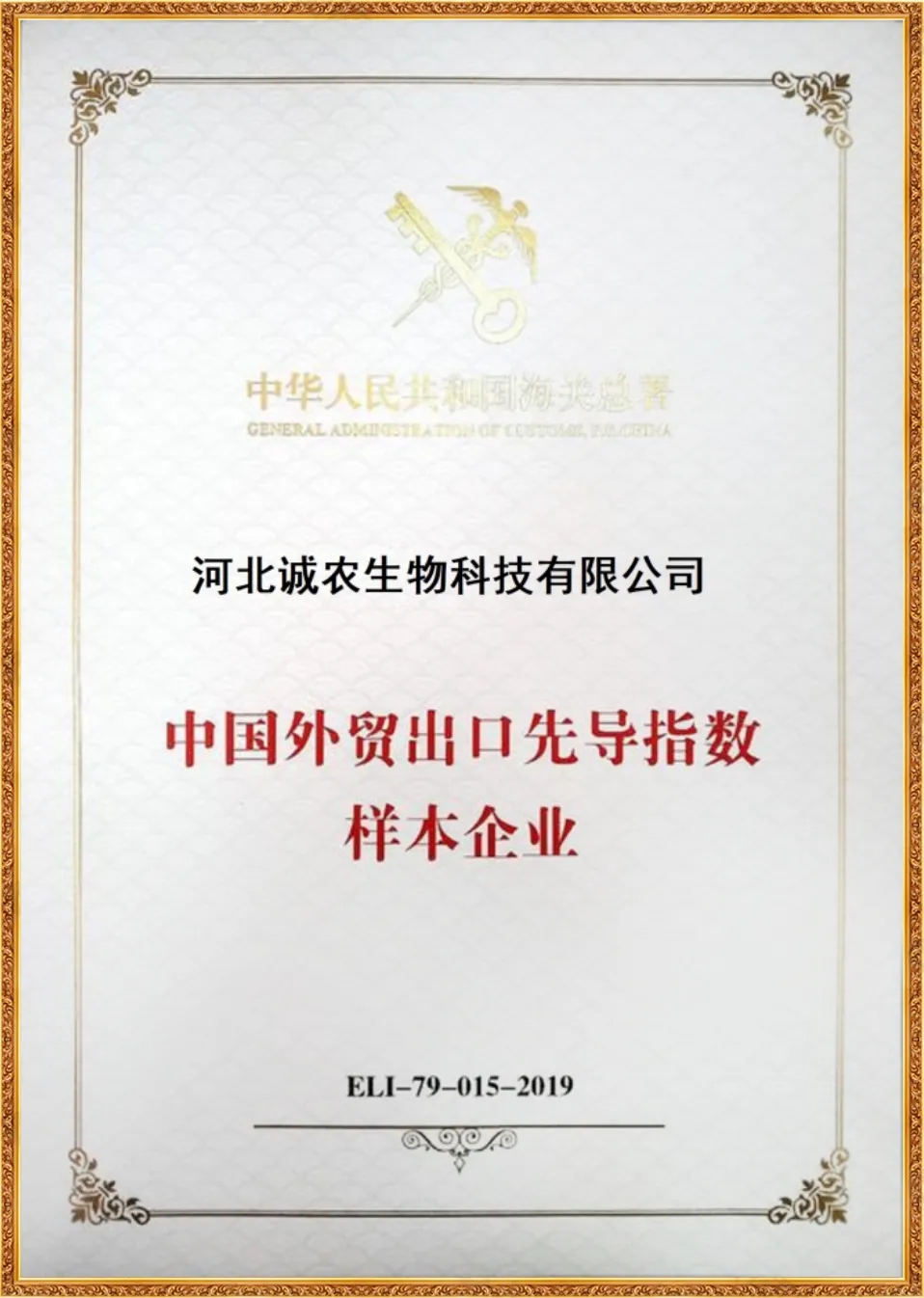
Aug . 07, 2024 18:55 Back to list
The Impact of Chlorothalonil on Controlling Blossom Blight in Fruit Crops and Its Implications
The Impact of Chlorothalonil on Blossom Blight A Comprehensive Overview
Chlorothalonil is a broad-spectrum fungicide widely used in agriculture to combat various fungal diseases
. However, its effectiveness and environmental impact have sparked discussions among researchers, farmers, and environmentalists, particularly in relation to blossom blight, a destructive disease affecting a number of crops, including fruit trees and ornamental plants.Blossom blight, primarily caused by pathogens like *Monilinia* species in stone fruits and *Botrytis* in other flora, can result in significant economic losses if left unchecked. The disease manifests as wilting, browning, and eventual drop of blossoms, which ultimately leads to a reduction in fruit yield and quality. Given the severity of blossom blight, the agricultural sector has turned to chemical controls, and chlorothalonil has emerged as one of the preferred solutions.
Chlorothalonil operates by inhibiting fungal cell wall synthesis and disrupting vital cellular functions. Its effectiveness against a myriad of fungal pathogens makes it a go-to choice for farmers aiming to protect their crops during critical growing seasons. In the case of blossom blight, chlorothalonil has shown promising results in controlling the spread of pathogens, helping to ensure that crops achieve optimal yield and quality.
However, the usage of chlorothalonil is not without controversy. Recent studies have raised concerns about the environmental and health impacts of its application. Chlorothalonil is known to be highly persistent in the environment, leading to potential runoff into waterways, where it can affect aquatic life and disrupt ecosystems. Additionally, there are concerns about its implications for human health, as exposure to chlorothalonil has been linked to various health risks, including respiratory problems and potential carcinogenic effects.
chlorothalonil and blossom blight

Farmers face the challenge of balancing the benefits of chlorothalonil in controlling blossom blight with the potential ecological and health risks associated with its use. Integrated Pest Management (IPM) strategies are being promoted as a solution. IPM combines chemical controls with cultural practices and biological controls to create a more sustainable approach to managing blossom blight. Practices such as crop rotation, selective planting, and the introduction of beneficial microorganisms can help mitigate the impacts of the disease while reducing reliance on chemical solutions.
Moreover, researchers are exploring alternative fungicides and organic treatments that pose less risk to the environment and human health. Natural agents such as neem oil, potassium bicarbonate, and beneficial fungi are being studied for their efficacy against blossom blight. These alternatives not only aim to control the disease but also contribute to the overall health of the ecosystem.
The discourse surrounding chlorothalonil and blossom blight highlights the complexities of agricultural practices in modern farming. As consumers increasingly demand sustainable and environmentally friendly practices, the agricultural sector is under pressure to adapt. Farmers are encouraged to stay informed about the regulatory landscape surrounding chlorothalonil and explore sustainable practices that align with both productivity and environmental stewardship.
In conclusion, while chlorothalonil remains an important tool in the fight against blossom blight, its use necessitates careful consideration of its environmental and health implications. Through the adoption of integrated pest management strategies and the exploration of alternative treatments, the agricultural industry can work towards a more sustainable future that safeguards crops while protecting ecosystems and public health. The ongoing research and dialogue within this field are crucial for achieving a balance between agricultural productivity and environmental integrity.
-
Insecticide Spirotetramat 11% + Thiacloprid 11% SC at Good Price
NewsJul.30,2025
-
Best Abamectin SDS - Premium Quality & Reliable Safety Data
NewsJul.29,2025
-
Agrochemicals Pesticides Solutions for Sustainable Farming
NewsJul.29,2025
-
High-Quality Tebuconazole Fungicide for Crop Protection at Best Price
NewsJul.29,2025
-
Chlorfenapyr 8% + Clothianidin 20%SC Pesticide Mixture for Effective Pest Control
NewsJul.28,2025
-
Best Azoxystrobin Difenoconazole Supplier for Crop Protection
NewsJul.28,2025
